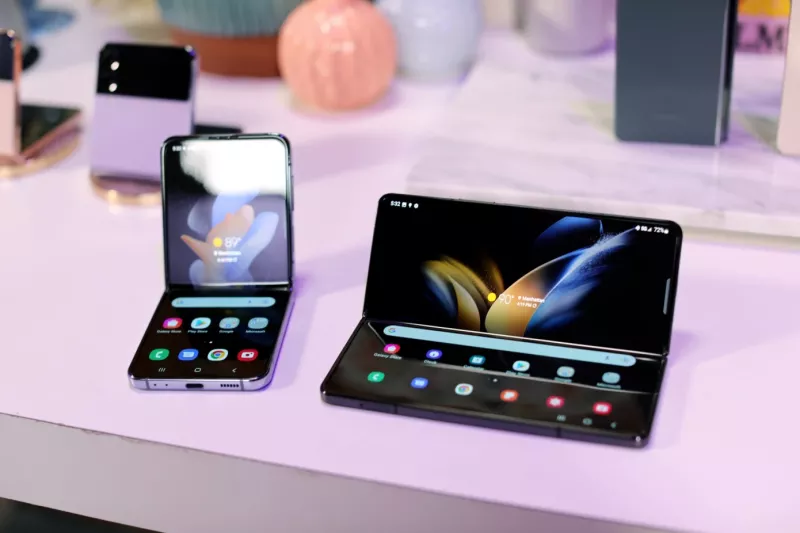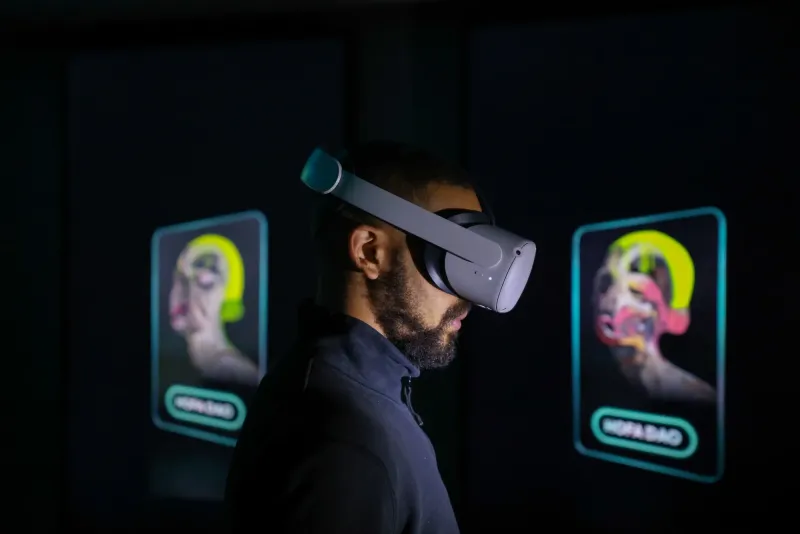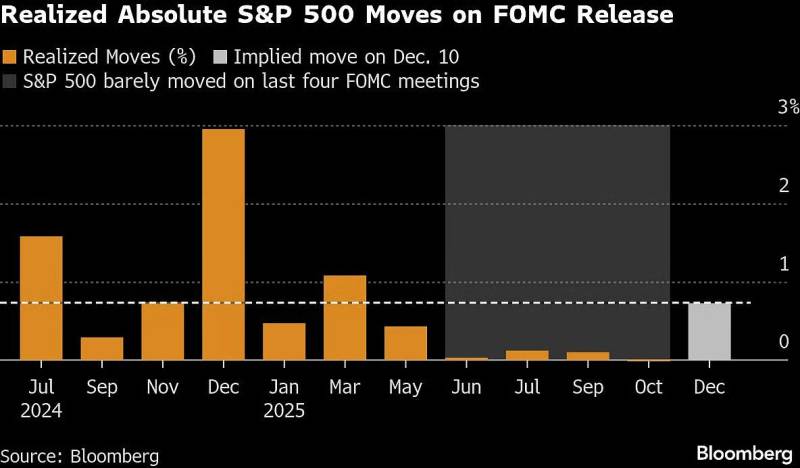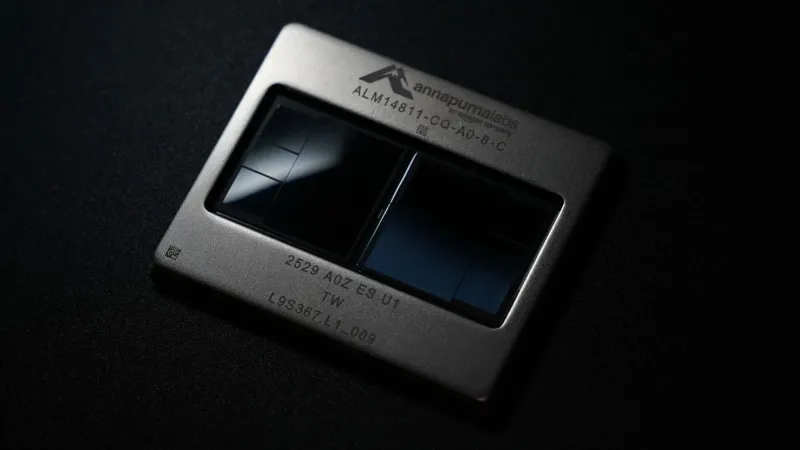over the past year, Samsung recognized something we’d known all along: The clamshell form factor makes sense. It’s something those of us who are old enough to remember a pre-smartphone era are wired to appreciate. It’s small, it fits in your pocket, it opens up and gets bigger.
That’s not to take away from the impressive bit of engineering that is the Galaxy Fold. It’s more that the current state of foldable production means that the “space saving” design of Samsung’s ur-foldable still results in what is effectively a big, heavy object. The first time I reviewed the Galaxy Flip was the first time I could legitimately imagine myself owning one of these devices. Not to mention the fairly significant price gulf between the two.
Today at its twice-yearly Unpacked smartphone event, the company unveiled the latest additions to its foldable line, the Galaxy Flip 4 and Galaxy Fold 4. Together, the two devices have taken the secondary flagship spot formerly reversed for the Note, before that line was effectively absorbed in the Galaxy S.
For the first time, however, Samsung has effectively flipped the billing of the Fold and Flip, giving the latter the top spot in today’s big announcement. Among other things, it’s a tacit acknowledgement that the clamshell is a step closer to the sort of mainstream adoption the company has been hoping for. And to its credit, Samsung appears to be getting there more quickly than many suspected.
As mobile head TM Roh recently announced, “Last year, we saw almost 10 million foldable smartphones shipped worldwide. That’s an industry increase of more than 300% from 2020, and I predict this fast-paced growth will continue.” Perhaps even more notably, those numbers were — far and away — driven by the Flip. Per the company, 70% of consumers expressed a strong preference for that form factor over the Fold’s.
Read Also: Spotify starts selling live music tickets to fans directly
Four generations in, the foldables have reached the refinement stage of smartphone development. The first few products were about getting things right and ironing out some — let’s just say — early bugs with the devices. Now the company is responding to consumer feedback with the products out in the world in far more hands and offering a similar feature upgrade cadence as other flagship smartphones.
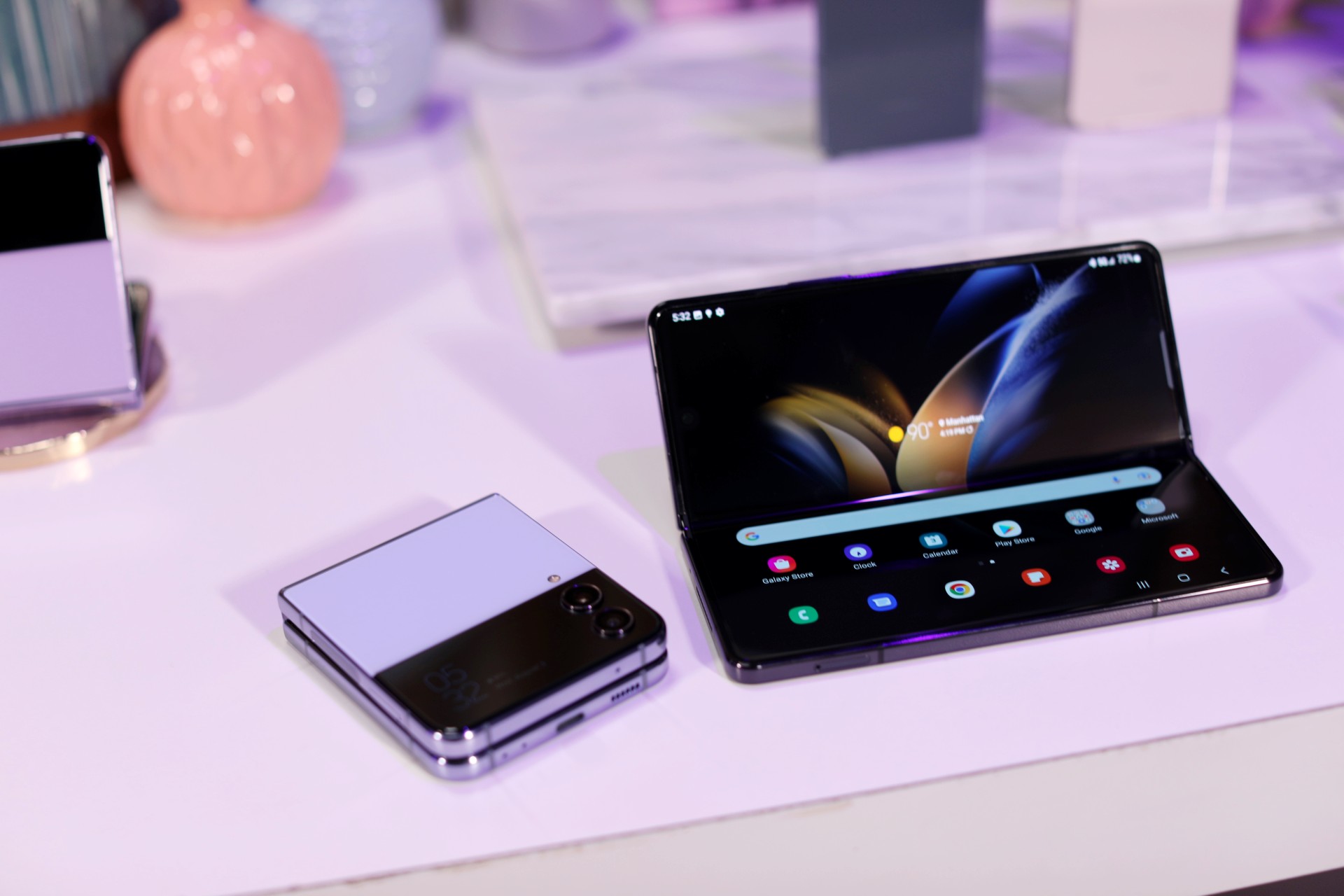
It also needs to be acknowledged that — more most intents and purposes — Samsung in currently the only game in town when it comes to foldables. Huawei’s promising efforts were curbed when the company found itself in the crosshairs of a superpower trade war, while the reminder of the currently available foldable devices don’t come close to touching Samsung’s dominance. Another company or two are going to have to come out strong if there’s any hope of competition meaningfully impacting the Galaxy devices’ approach.
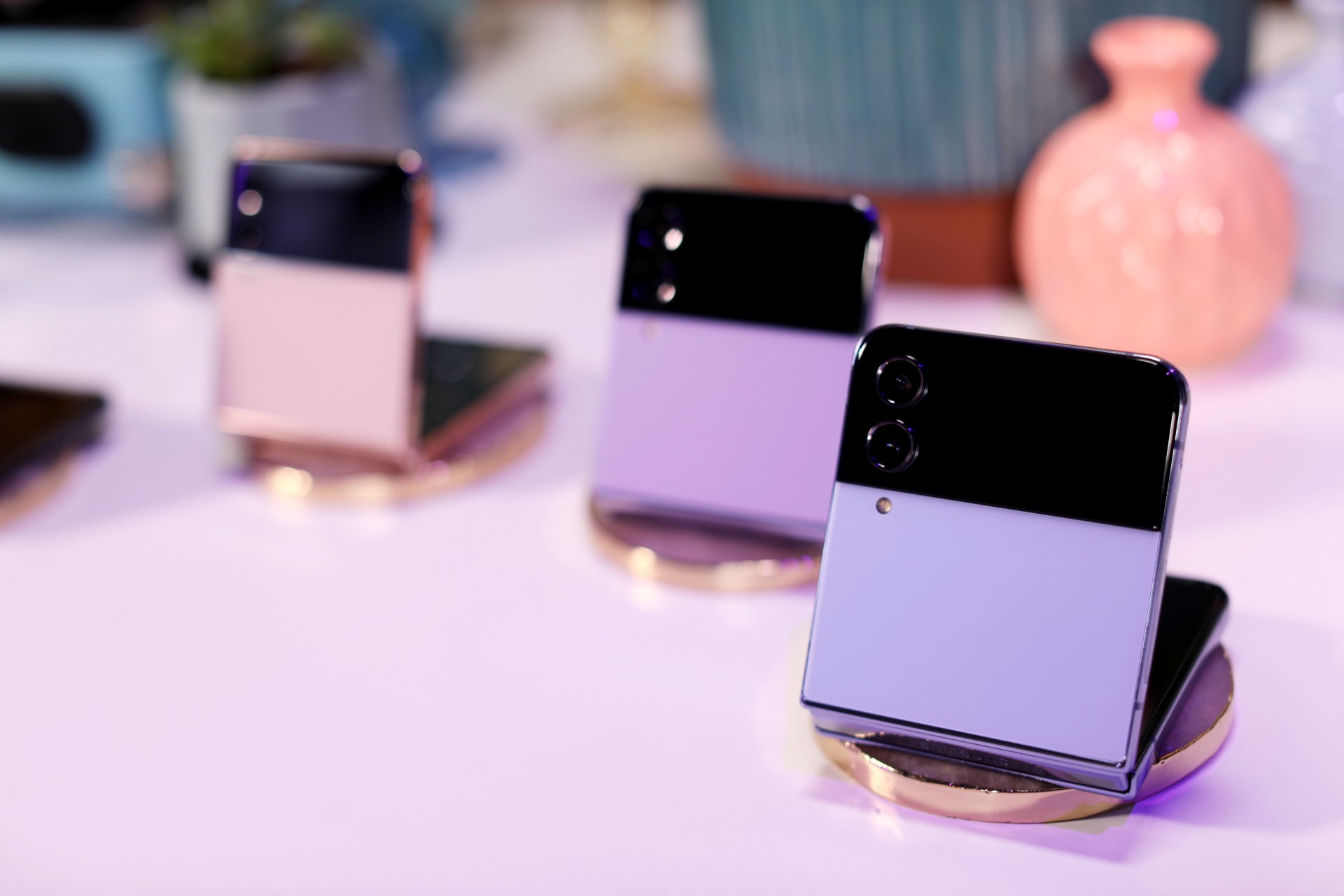
I’ve played around with the products a bit — exclusively in the context of taking the photos you see in this piece. Obviously that’s not enough time to give a proper reviews of the products, but I will say, at the very least, I don’t see enough here to justify even deep-pocketed users to upgrade from the third-generation devices. On the whole, the updates are more about keeping the products current.
Top-level, that means bringing the Snapdragon 8+ Gen 1 to both products. For the Galaxy Z Flip 4, it’s upgrading the battery from 3,300 to 3,700 mAh — that’s a decent life, but keep in mind, the product effectively needs to split the battery in two pieces, until non-exploding folding smartphone batteries are a viable option. Super Fast Charging, meanwhile, delivers a 50% charge in around half an hour.
